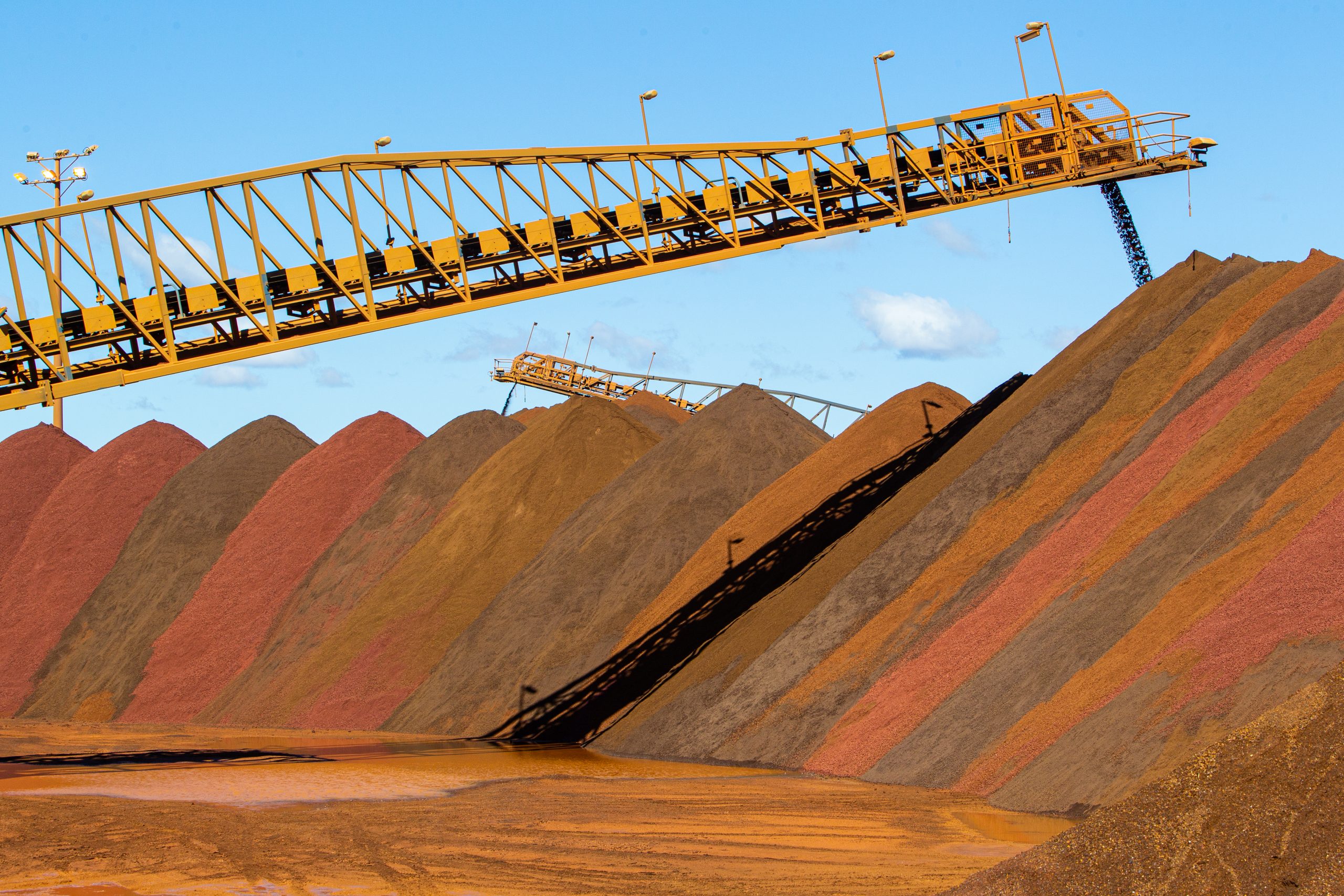Trading the Passage of the Infrastructure Investment and Jobs Act
The U.S. government recently enacted the Infrastructure Investment and Jobs Act, which earmarks $1.2 trillion toward the rehabilitation of the country’s aging infrastructure.

The United States is finally moving forward with a plan to refurbish and improve its aging infrastructure.
That goal became a reality last Friday when the U.S. House of Representatives passed the “The Infrastructure Investment and Jobs Act” by a vote of 228-206. The last step was a signature from President Joe Biden, because the bill had already passed through the U.S. Senate (by a vote of 69-30) back in August.
For clarification, a second legislative package—focused on social spending and worth an estimated $1.75 trillion—still hangs in the balance. The fate of this second piece of legislation, referred to as the “Build Back Better Act,” is expected to be decided on during the week of Nov. 15.
But for now, it’s the aforementioned $1.2 trillion-dollar measure that’s in focus.
The legislation allocates funds to the following areas: roads, bridges, airports, ports, railroads, fresh water protection/storage, environmental remediation, coastal protection and public transportation. Funds have also been earmarked for the electric vehicle (EV) sector, associated EV charging stations and general “transportation safety.”
Source: FCP.com
While the Infrastructure Investment and Jobs Act wasn’t overtly linked to the ongoing COVID-19 pandemic, it’s expected that tens of thousands of new jobs will be created as a result of its passage. As of late October 2021, the United States still has about 4.2 million fewer employed workers than it did back in February 2020, which means the new bill should serve as a continuing crutch for the economy during the ongoing recovery.
Outside of new jobs, the legislation will obviously be helpful for the companies (public and private) that are expected to rehabilitate the country’s crumbling infrastructure. Some of the publicly-traded companies perceived as most likely to benefit from the deployment of the $1.2 trillion in funds include:
- Brookfield Infrastructure Corp. (BIPC) – one of the world’s largest diversified infrastructure companies, with operations spanning utilities, transportation, energy and data infrastructure
- Caterpillar (CAT) – the world’s largest construction-equipment manufacturer
- ChargePoint Holdings (CHPT) – a company that builds EV charging stations, and is poised to benefit from the $7.5 billion in the infrastructure bill that is earmarked for this sector
- Deere (DE) – Deere focuses heavily on manufacturing machinery for the agricultural industry, but the company also has a large construction-equipment division
- Eagle Materials (EXP) – a large producer of construction-related materials
- Eaton (ETN) – heavily involved with electrical systems, electrical components, power generation, power management and the overall electric grid
- Emcor Group (EME) – a key player in maintaining the electrical and energy infrastructure in the United States
- Forterra (FRTA) – A key manufacturer of various heavy construction products, such as pipes, concrete products, drainage inlets, manholes and bridge components
- Freeport-McMoRan (FCX) – copper is a critical building block in the construction industry and FCX is one of the world’s largest copper miners
- Martin Marietta Materials (MLM) – a key U.S. producer of sand, gravel, asphalt, cement and other key building materials used in large construction/infrastructure projects
- Nucor (NU) – a longtime steel manufacturer in the United States
- Summit Materials (SUM) – a key supplier of heavy construction materials
- United Rentals (URI) – an equipment rental company that’s heavily involved in the construction sector
- Vulcan Materials (VMC) – a key U.S. producer of crushed stone, gravel, sand, asphalt and cement
The second infrastructure bill, referred to as the “Build Back Better Act,” is expected to receive a vote in the House of Representatives during the week of Nov. 15.
While the term “infrastructure” is generally used for physical networks—such as highways, railways, water and data systems—it can also refer to human resources. The $1.75 trillion Build Back Better legislation has been couched as an investment into the human infrastructure of the U.S. economy. Roughly $750 billion of the overall $1.75 trillion is earmarked for “health, labor, education and pensions.”
For more insight into the new infrastructure bill’s potential impact on the markets, readers are encouraged to review a recent installment of Jones and Grace on the tastytrade financial network.
For timely insights on everything moving the markets, readers can also tune into TASTYTRADE LIVE—weekdays from 7 a.m. to 4 p.m. CST—at their convenience.
Sage Anderson is a pseudonym. He’s an experienced trader of equity derivatives and has managed volatility-based portfolios as a former prop trading firm employee. He’s not an employee of Luckbox, tastytrade or any affiliated companies. Readers can direct questions about this blog or other trading-related subjects, to support@luckboxmagazine.com.




















